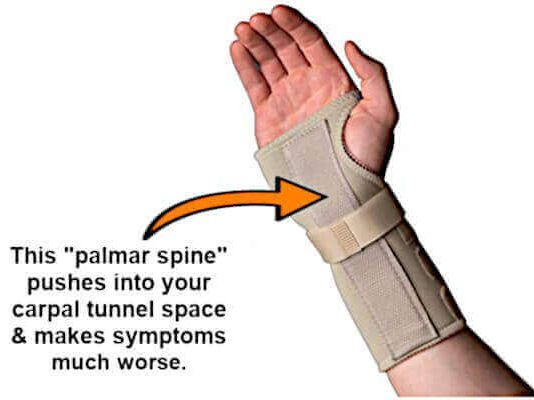Maybe you’ve simply overworked your wrist or hand over the weekend on a home-improvement task. Hyper-bending the wrist or prolonged gripping can do this. It results in strained tendons and ligaments.
In fact, there are several harmful activities which are known to cause hand strain. They're listed here.
In such an instance, an all-purpose wrist brace will work just fine. It will allow your hand to rest - which is what's needed. You can buy these at almost any pharmacy or department store. They usually cost $10-20.
Look for brace that supports your wrist in the neutral (flat) position by having a metal “stay” or “spine” on the palm side. Wear this type of wrist splint as needed ONLY to minimize painful movements until symptoms subside.






